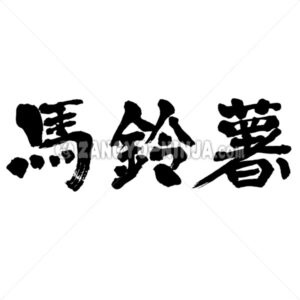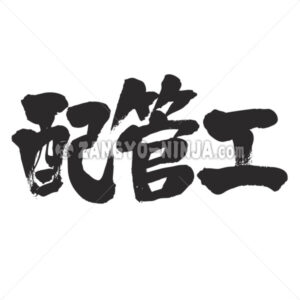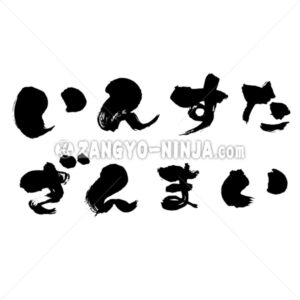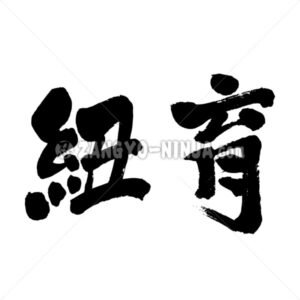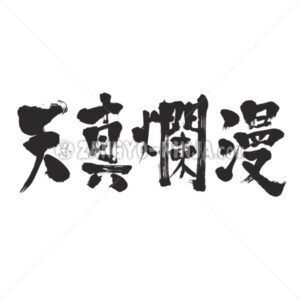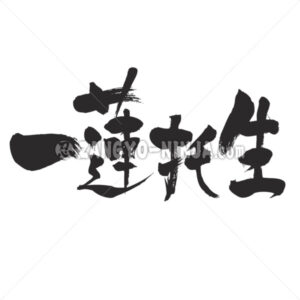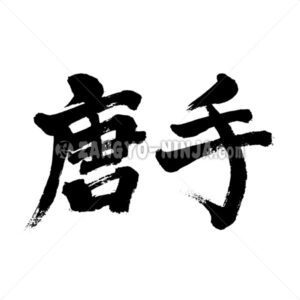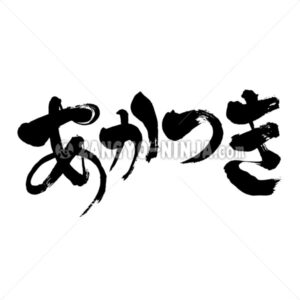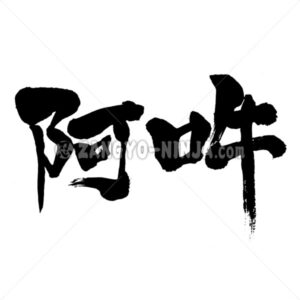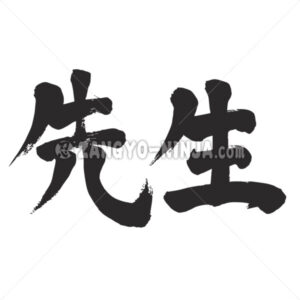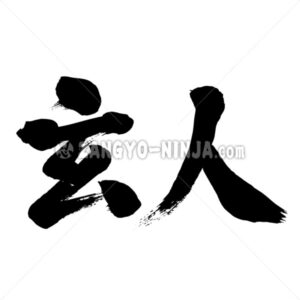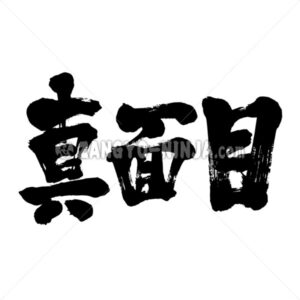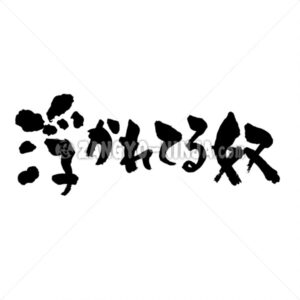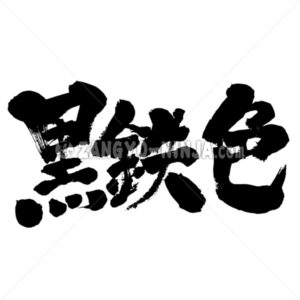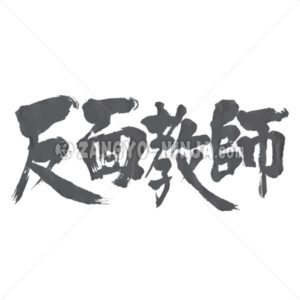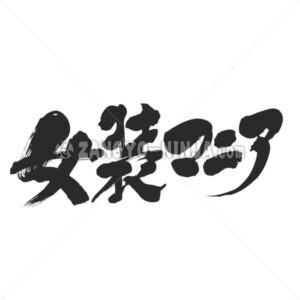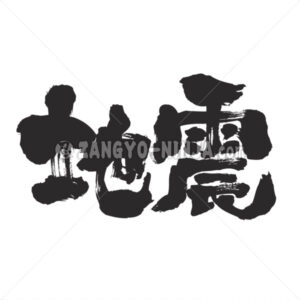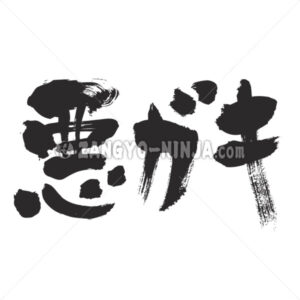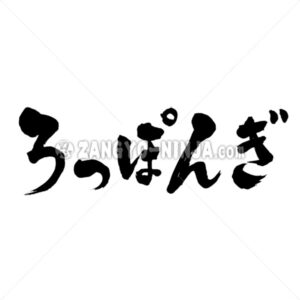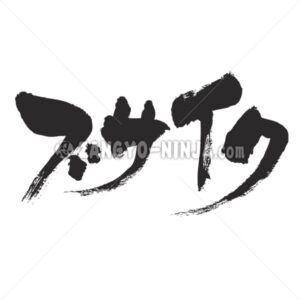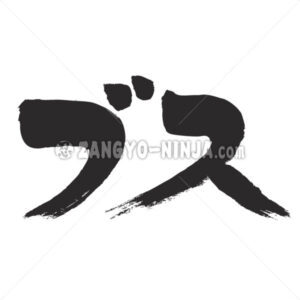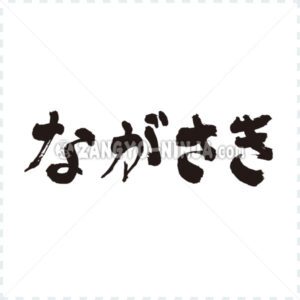
Nagasaki as a place name Nagasaki City is a city located in the southwestern part of Nagasaki Prefecture. It is also the prefectural capital and largest city of Nagasaki Prefecture, and is designated as a core city. During the Edo period, when the country was isolated, it was a port town with Dejima, the … Read More
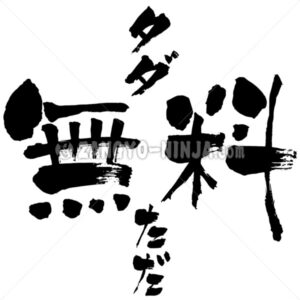
There is no price for goods or services. It’s Free written vertical in Japanese Katakana. Free written horizon in Japanese Kanji. Free written vertical in Japanese Hiragana. Hiragana and katakana are colloquial translations of Kanji, so the meaning may not be understood depending on what is written. Japanese called “tada” in Japanese katakana and … Read More
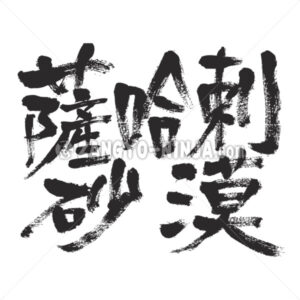
The world’s largest desert that stretches across the northern part of the African Continent. The name Sahara itself means “wilderness” in Arabic. It occupies about one-third of the total area of the African Continent. Most of it is rocky desert except for some dunes, and it is rich in underground resources such as oil, … Read More
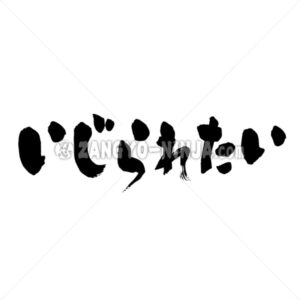
Being bullied or teased by half a joke. Unlike being bullied, treating the other person with love. Be careful, as it can be bullied if it goes too far. Japanese said “I ji ra re ta i”.
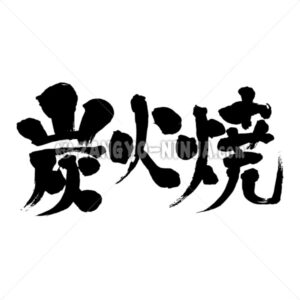
A dish in which the ingredients are grilled over an open flame using charcoal fire that was created using charcoal as fuel. Charcoal fire emits far infrared rays four times as much as gas, and radiant heat directly burns ingredients. In the case of gas containing hydrogen, it generates water vapor. Charcoal, on the … Read More
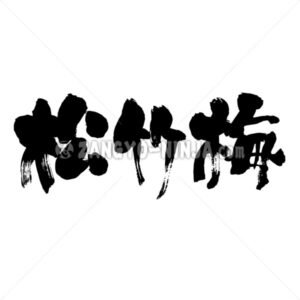
charms and is said to be auspicious along with the crane turtle. Since all three can withstand the cold, they are called Three Friends of Winter and are used for ceremonies as congratulations. A word used in place of each grade when goods and seats are divided into three grades. Pine, bamboo, and plum … Read More
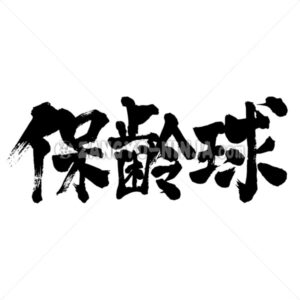
One of the sports competitions. The ball is rolled toward 10 pins standing on the edge of a wooden floor called a lane, and the number of defeated pins competes for points. Origin and history Simple play like rolling stones seems to have been done for a very long time. In Roman times, bowling … Read More
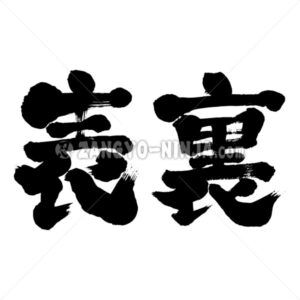
1. The front and back of an object. The outside and inside of the matter. Also, it must be in a front-to-back relationship. Positions and positions conflict with each other. 2. There is a difference between the outside and the inside. The difference between what you say and do in public and what you … Read More
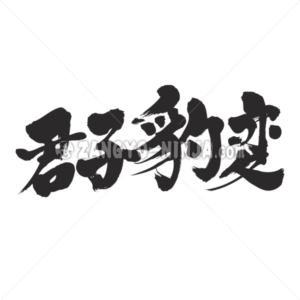
Nowadays, it is used in a negative way, saying, “A person who has a good point will immediately change his attitude and abandon his principles and ideas.” However, originally, it is a positive four-character idiom that “a good person immediately corrects his mistakes and quickly goes for the better.” Japanese calls Kun-shi-hyo-hen.
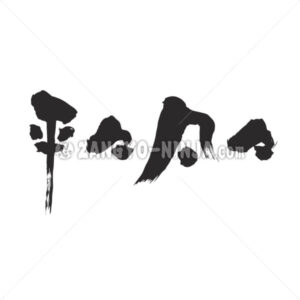
Very common. It is not average and there is nothing particularly good or unusual. Japanese says “Hei hei bon bon”. A word that strengthens “平凡(ordinary)” as four character idiom.
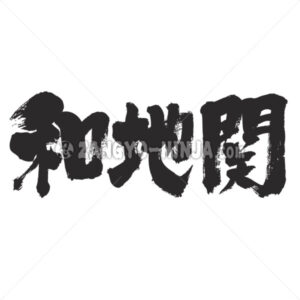
Located in the city of Rome, it is the smallest independent country in the world governed by the Pope. Catholic Omotoyama. It is close to the west bank of the Tiber and is surrounded by old walls except St. Peter’s Square. It is governed by the Roman Curia with the Pope as the head … Read More


